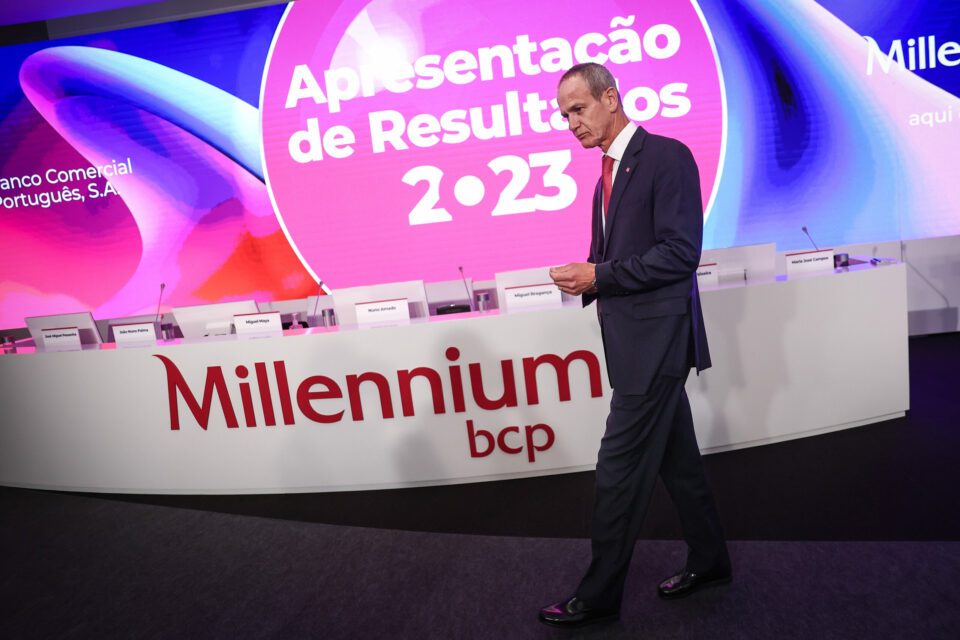Integration and reflection on transformations on the planet set the tone for the 4th Research Symposium on the Tapajós National Forest and the 2nd Research Symposium on the Tapajós-Arabion Extractive Reserve, held from 22 to 26 April, in Santarem (Pennsylvania). This event brought together researchers, technicians and residents of the region's conservation units at the facilities of the UFOPA (Federal University of Western Pará).
With the support of IPAM (Amazon Institute for Environmental Research), the integration between the two events, the scientific community and the inhabitants of the studied areas was named “Puxirum de Saberes”, a local expression that represents mutual aid and reflects the essence of the meeting: cooperation and knowledge exchange.
The seminars included a diverse programme, covering everything from roundtables on production chains and family farming to mini-courses on stingless bee management and community audio-visual production. IPAM researcher Alesseline Magalhães Cardoso discussed the climate crisis and the role of science and local communities in mitigating its impacts.
According to Cardoso, it is necessary to take concrete action against climate change. “Extreme events, such as drought and floods, are already affecting biodiversity and food security in the region. Joining efforts between universities and communities helps develop strategies that preserve the environment and provide livelihoods through activities such as community tourism and sustainable agriculture,” he added.
The seminars were affected by the effects of last year's El Niño phenomenon. “This action was supposed to take place in December, but we delayed it until April due to severe drought and forest fires that intensified due to the strength of this phenomenon,” explained Bruno Delano Chavez do Nascimento, environmental analyst at ICMBio (Chico Méndez Biodiversity Institute). Conservation) and Vice President of the Tapajos National Forest.
The drying up of rivers in the region, he said, was a different matter Feedbacks. He stressed that “the feedback we received from community members was essential to understanding the effectiveness of the measures adopted and the need for new strategies that are not limited to palliative measures, such as the distribution of basic food baskets that were introduced last year.”
The need for adaptation strategies in the face of increasingly frequent extreme weather events was a recurring topic of discussion. Participants expressed the need to strengthen community teams and develop other productive activities that can ensure food security and economic sustainability for affected communities.
The symposium also served as a space for communities to express the need for greater participation in the planning and implementation of ongoing scientific research in the regions. “People want to be involved from the start and need feedback that goes beyond reports and graphs. They seek a dialogue that shows how research directly impacts their lives,” Bruno explained.
Flona Tapajos
The Tapajós National Forest is a federal unit of protection. It has an area of 500 thousand hectares and covers the municipalities of Aveiro, Belterra, Belcas and Rurupolis, in the west of the state of Pará. The goal of the University of California is sustainable multiple use of forest resources and scientific research, with an emphasis on methods of sustainable exploitation of indigenous forest people. According to ICMBio, it is one of the most researched UCs in Brazil.
Risex Tapajós-Arapiuns
The Tapajós-Arapiuns Extractive Reserve is one of the largest conservation units in Brazil, with an area of more than 600,000 hectares. It is also the most populous in the country, with nearly five thousand families and 23 thousand residents living in 72 communities. Human groups were born from old religious mission towns and indigenous villages, which over time mixed with immigrants and settlers of different origins. Their traditional way of life is based on the practice of extraction, family farming, and the oral transmission of knowledge that explains their care for nature and their struggle for the land.
Fusion
In addition to the academic sessions held during the event, Buxerome celebrated traditional knowledge through presentations of local experiences and practices by the residents themselves, providing a rich dialogue between scientific and popular knowledge. “Puxirum de Saberes” highlighted the importance of science produced from conservation units and emphasized the central role of local communities as co-producers of knowledge and key actors in the sustainable management of Amazon lands.
Want to know more?
Access your event profile on Instagram: https://www.instagram.com/puxirumdesaberes/

“Wannabe internet buff. Future teen idol. Hardcore zombie guru. Gamer. Avid creator. Entrepreneur. Bacon ninja.”







More Stories
Why were the first stars in the universe massive? Science responds!
The medical entity says e-cigarettes can cause difficulty sleeping
National Scientists Day. “At least 80% of people who devote themselves to science are sedentary.”